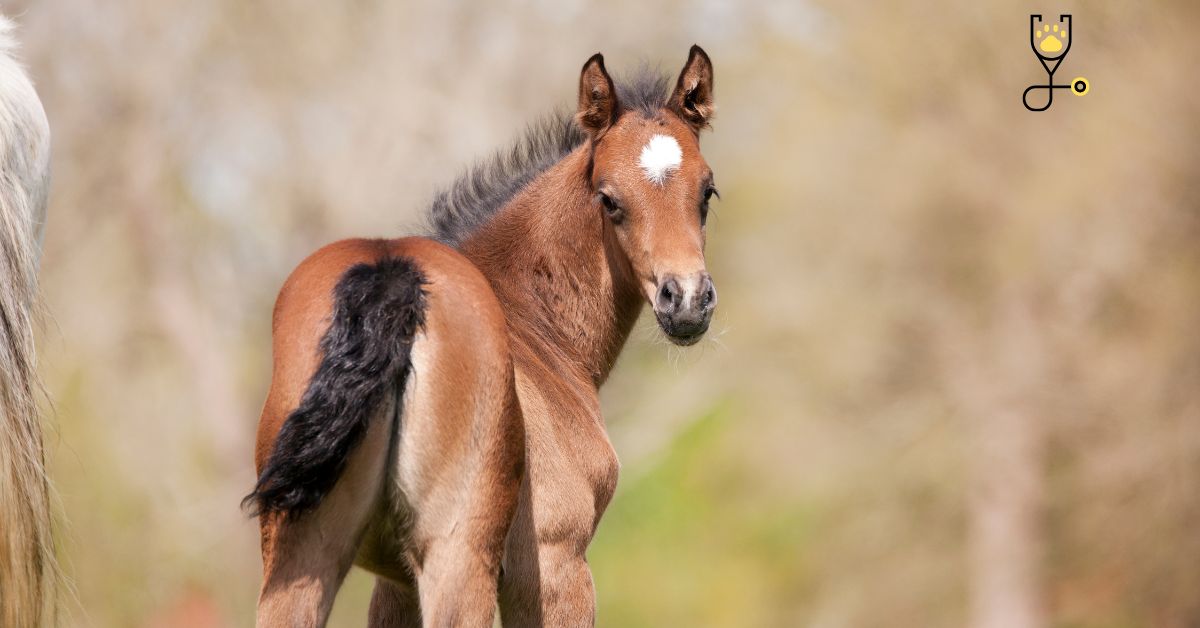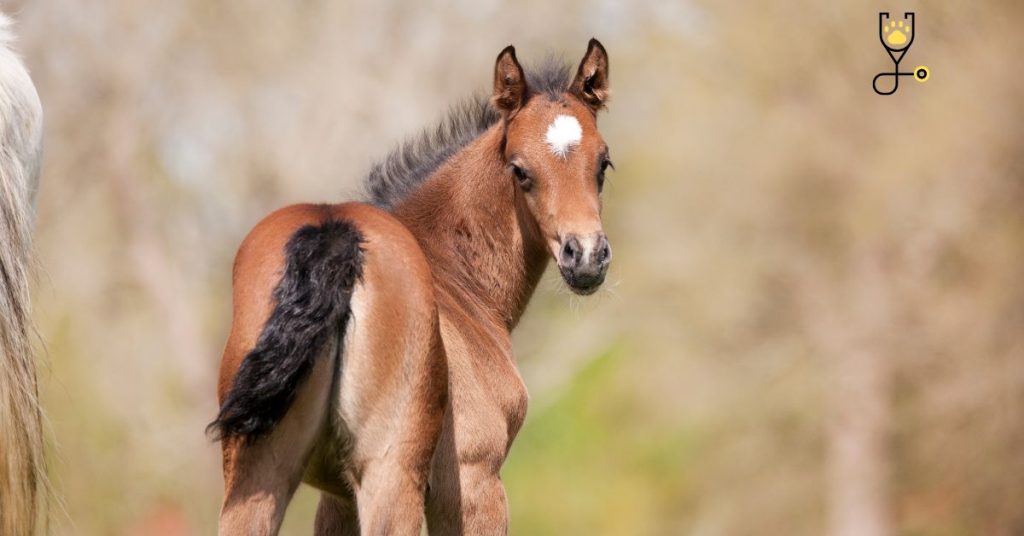Do you know what girth galls and saddle sores are? If not, you’re not alone. Many horse owners aren’t familiar with these terms, but they should be. Both of these conditions can cause a great deal of pain and discomfort for your horse and can lead to more serious problems if left untreated. In this blog post, we’ll discuss the symptoms, causes, and treatments for both girth galls and saddle sores. We’ll also provide some tips on how to prevent these conditions from occurring in the first place. So please read on for all the information you need to keep your horse healthy and happy!
What Are Girth Galls and Saddle Sores?
Girth galls are small wounds that occur on the horse’s body where the girth (a strap that goes around the horse’s belly to hold the saddle in place) rubs against the skin. These wounds can be caused by a number of things, including an ill-fitting saddle, a too-tight girth, or even just a horse that is not used to being saddled. Girth galls can be very painful for horses and can lead to infections if not treated properly. Saddle sores are similar to girth galls, but they occur on the horse’s back where the saddle sits. Saddle sores are usually caused by an ill-fitting saddle or a saddle that is not positioned correctly on the horse’s back. Like girth galls, saddle sores can be very painful for horses and can lead to infections if not treated properly.
Types of Girth Galls and Saddle Sores
There are two main types of girth galls and saddle sores:
- Open wounds are more serious than closed wounds and can become infected if not treated properly.
- Closed wounds are less serious than open wounds, but they can still be painful for horses.
Symptoms of Girth Galls and Saddle Sores
1. The most obvious symptom of girth galls and saddle sores is a sore or wound on the horse’s body. These sores can be small or large, and they are usually red, inflamed, and painful.
2. Horses with girth galls or saddle sores may exhibit signs of discomfort when the affected area is touched or when the saddle is put on.
3. Horses with these conditions may also show signs of lameness, stiffness, or unwillingness to move.
4. In some cases, horses with girth galls or saddle sores may have a fever or appear to be listless and tired.
5. If the condition is severe, horses may also suffer from an infection. Infections can cause a variety of symptoms, including fever, swelling, lameness, and discharge from the affected area.
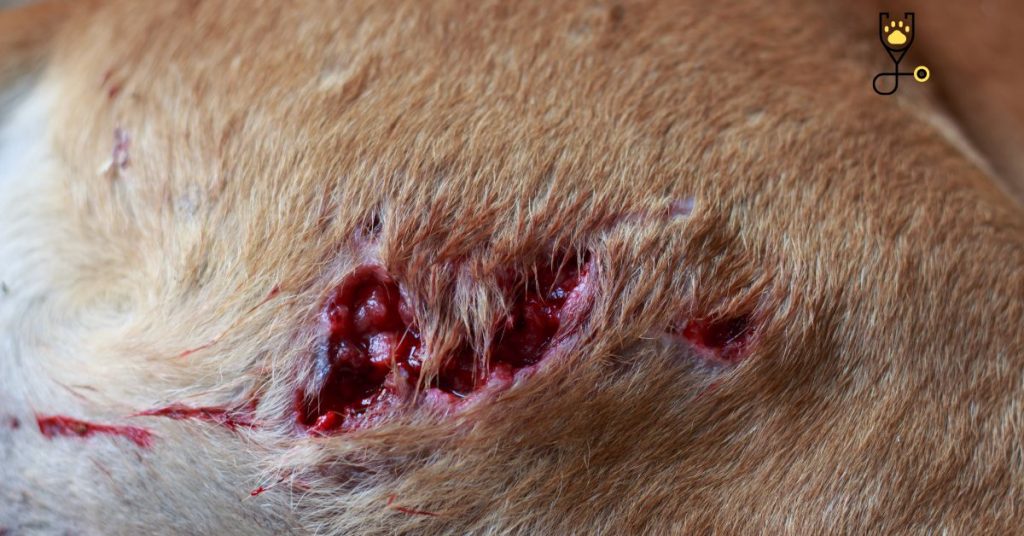
6. In extreme cases, girth galls and saddle sores can lead to septicemia (a potentially life-threatening condition caused by bacteria in the blood) or gangrene (tissue death).
Causes of Girth Galls and Saddle Sores
1. One of the most common causes of girth galls and saddle sores is an ill-fitting saddle. A saddle that is too small, too big, or improperly positioned can rub against the horse’s skin, causing sores to develop.
2. Another common cause of these conditions is a too-tight girth. If the girth is not properly adjusted, it can rub against the horse’s skin and cause girth galls to develop.
3. Horses that are not used to being saddled may also be more prone to developing girth galls and saddle sores. This is because they are not yet accustomed to the pressure of the saddle and girth on their bodies.
4. Horses that are ridden frequently or for long periods of time are also more likely to develop these conditions. This is because the constant rubbing of the saddle and girth can irritate the horse’s skin and lead to sores.
5. Certain types of Horses are also more prone to developing girth galls and saddle sores. For example, horses with sensitive skin or those that are overweight are more likely to develop these conditions than other horses.
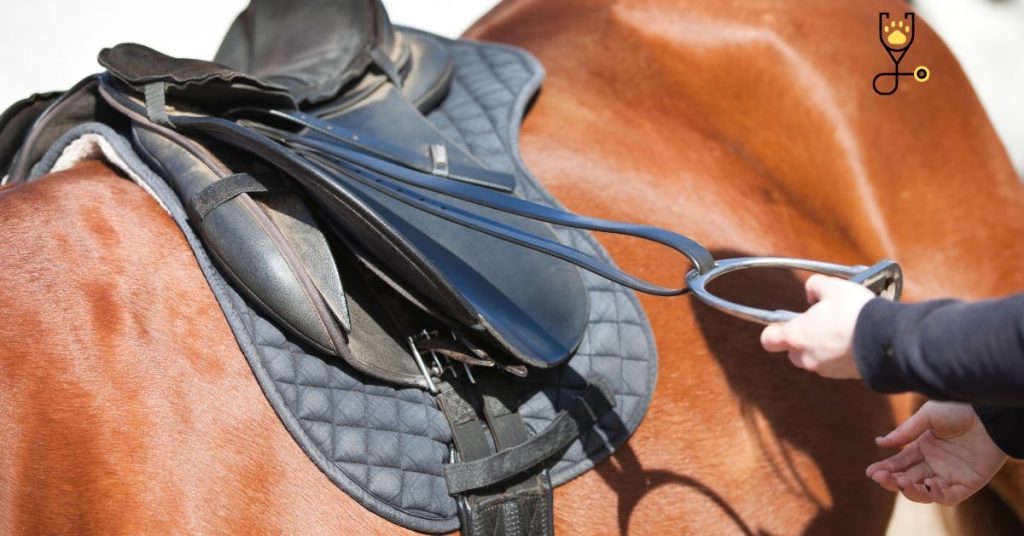
6. Finally, environmental factors can also play a role in the development of girth galls and saddle sores. For example, if a horse is stabled in a dirty environment, this can increase the risk of these conditions developing.
Preventing Girth Galls and Saddle Sores
There are a number of steps that can be taken to prevent girth galls and saddle sores from occurring. First, it is important to make sure that the saddle fits properly. The saddle should not be too small or too big, and it should be positioned correctly on the horse’s back. Second, the girth should be properly adjusted so that it is not too tight. Third, horses should be slowly introduced to being saddled if they are not used to it. And finally, horses should be kept clean and dry, and their stalls should be kept clean and free of debris. If you follow these tips, you can help prevent girth galls and saddle sores from developing.
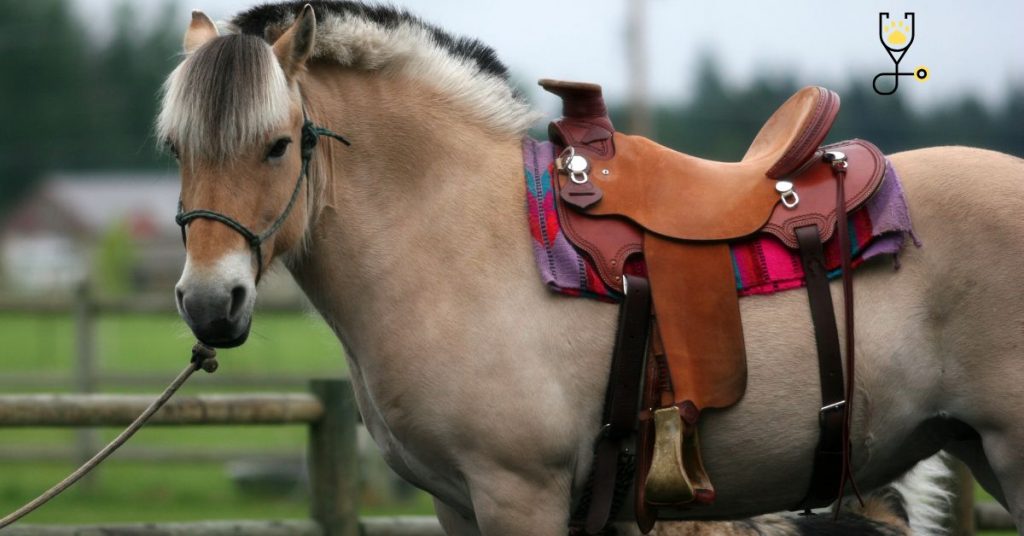
Prognosis Of Girth Galls and Saddle Sores
The prognosis for girth galls and saddle sores is generally good if the condition is caught early and treated properly. However, if the condition is allowed to progress, it can lead to serious complications, such as infection or septicemia. Therefore, it is important to be vigilant in checking your horse for these conditions and to seek veterinary care if you notice any signs or symptoms. With proper treatment, most horses make a full recovery from girth galls and saddle sores.
Conclusion
Girth galls and saddle sores are fairly common conditions that can affect horses. These conditions are often caused by ill-fitting saddles or too-tight girths. If left untreated, these conditions can lead to serious complications, such as infection or septicemia. Therefore, it is important to be vigilant in checking your horse for these conditions and to seek veterinary care if you notice any signs or symptoms. With proper treatment, most horses make a full recovery from girth galls and saddle sores.
Frequently Asked Questions
1. What are girth galls and saddle sores?
Girth galls and saddle sores are fairly common conditions that can affect horses. These conditions are often caused by ill-fitting saddles or too-tight girths. If left untreated, these conditions can lead to serious complications, such as infection or septicemia.
2. What are the symptoms of girth galls and saddle sores?
The symptoms of girth galls and saddle sores can vary depending on the severity of the condition. However, some common symptoms include swelling, redness, warmth, pain, and/or discharge from the affected area.
3. How are girth galls and saddle sores diagnosed?
Girth galls and saddle sores are typically diagnosed based on a physical examination. Your veterinarian will look for signs of swelling, redness, warmth, pain, and/or discharge from the affected area. In some cases, X-rays or other imaging tests may be necessary to confirm the diagnosis.
4. How are girth galls and saddle sores treated?
The treatment for girth galls and saddle sores will vary depending on the severity of the condition. In mild cases, the horse may just need to have the saddle and girth loosened or removed. More severe cases may require antibiotics, wound care, and/or surgery.
5. What is the prognosis for girth galls and saddle sores?
The prognosis for girth galls and saddle sores is generally good if the condition is caught early and treated properly. However, if the condition is allowed to progress, it can lead to serious complications, such as infection or septicemia. Therefore, it is important to be vigilant in checking your horse for these conditions and to seek veterinary care if you notice any signs or symptoms. With proper treatment, most horses make a full recovery from girth galls and saddle sores.
